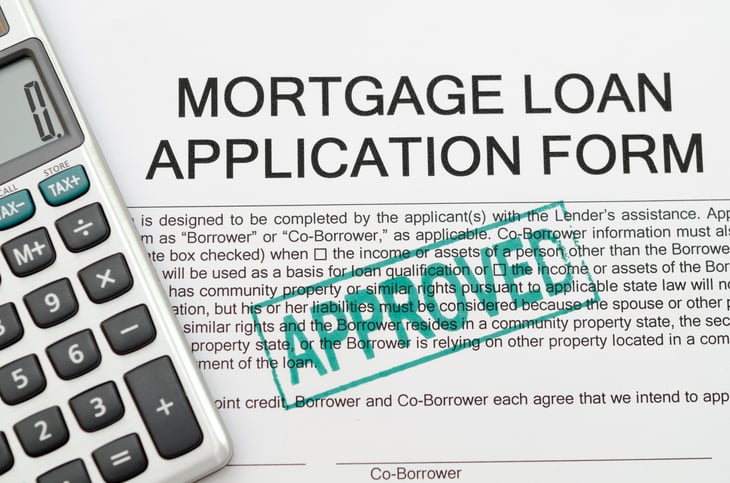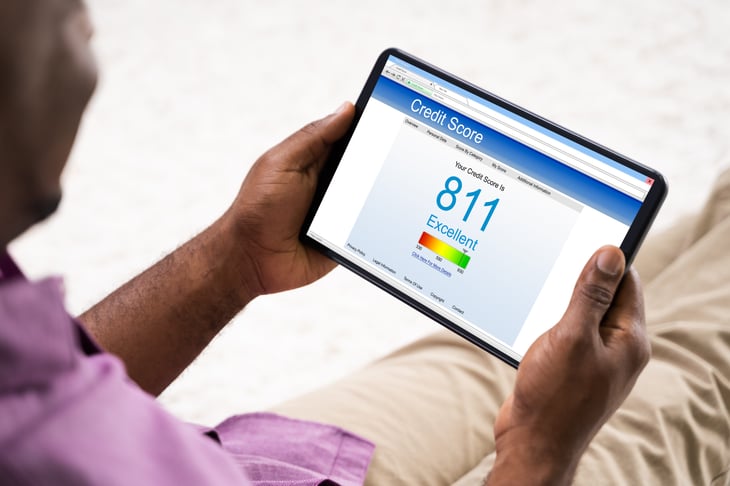
Editor's Note: This story originally appeared on Point2.
Being pre-approved for a mortgage enables you to create an accurate budget while putting you in a stronger position when making an offer on your dream home. But what exactly is mortgage pre-approval, and how does it work? Here’s everything you need to know.
What Is Mortgage Pre-Approval?

In its simplest form, mortgage pre-approval is an agreement between yourself and a lender. It states that they’re willing to provide you with a mortgage and defines how much they will lend you. In addition to the amount, it also details other conditions, such as the proposed interest rate.
This agreement is dependent on your current financial situation, and you’ll be required to submit various documents for inspection. Usually, a mortgage pre-approval is valid for 45 to 90 days.
Pre-Approval Versus Pre-Qualification

Another term you might have heard is mortgage pre-qualification. Pre-qualification is a much less rigorous process that gives you an idea of how much a lender is willing to lend you, but with no strings attached.
There’s no guarantee that the lender will agree to the loan if you proceed to buy a house. They will need to take a more thorough look at your finances before deciding. Meanwhile, if you’re pre-approved by a lender, they’ll make you an offer that guarantees you’ll be able to take out the loan on a home.
Pre-qualification helps give you a rough idea of how much house you can afford. Pre-approval, on the other hand, is worth getting when you know you’re serious about buying one.
How to Become Pre-Approved for a Mortgage

To become pre-approved, you’ll need to visit the lender of your choice. You’ll be required to fill out a mortgage application form and provide the following paperwork.
Proof of Income and Employment

Your lender will require you to provide at least three months of recent pay slips and, ideally two years’ worth of W-2 statements (in the U.S.) or notices of assessment from the Canada Revenue Agency (in Canada). This shows them how much your regular income is and proves that you are currently employed or self-employed.
The lender may contact your place of work to verify your employment. If you’ve recently started a new job, you’ll also need to provide contact details for your former workplace.
Credit Score

Your credit score will primarily be used to calculate the interest rate you can expect to pay. A score of 740 or more will generally enjoy the best rates.
Proof of Assets

By providing bank statements, your lender will be able to see that you have the funds for a down payment and closing costs in savings. You’ll also need to show you have reserves to cover unexpected expenses and emergencies.
Additional Paperwork and Documents

You’ll need to provide your ID, a driver’s license is okay, and your Social Security number in the U.S. It’s worth noting that Canadian applicants are not required to provide their SIN (social insurance number). In addition, you’ll need to sign a form that enables the lender to carry out a credit check.
What Happens Next?

It usually takes between three and 10 days for the lender to approve or reject your application. If you’ve been accepted, they’ll inform you of the following:
- How much loan you qualify for
- The probable interest rate
- An estimate of your future mortgage payments
- Various other features and conditions of your loan
The pre-approval letter can be used when you make an offer on a house. It proves to the seller that you have the financial backing for your offer, a great advantage in a hot market.
How to Improve Your Chances of Getting Pre-Approved

Before you apply for pre-approval, it’s worth understanding how the lender will arrive at their decision. There are a few major things that they’ll be most interested in.
DTI (Debt-to-Income) Ratio

The lower your debt-to-income ratio, the more attractive you are to a lender. Most lenders will accept the maximum of 43%, though it’s worth dropping that figure as much as possible. So, for the best results, pay off as many debts as possible to lower your DTI.
High Credit Score

A good credit score will always work in your favor, and it’s well worth doing all you can to improve it before you begin the process of buying a new home. Lenders will be interested in how much credit you’re actively using — credit utilization. Maintaining a constant credit utilization of 30% is a great way to boost your credit score.





Add a Comment
Our Policy: We welcome relevant and respectful comments in order to foster healthy and informative discussions. All other comments may be removed. Comments with links are automatically held for moderation.